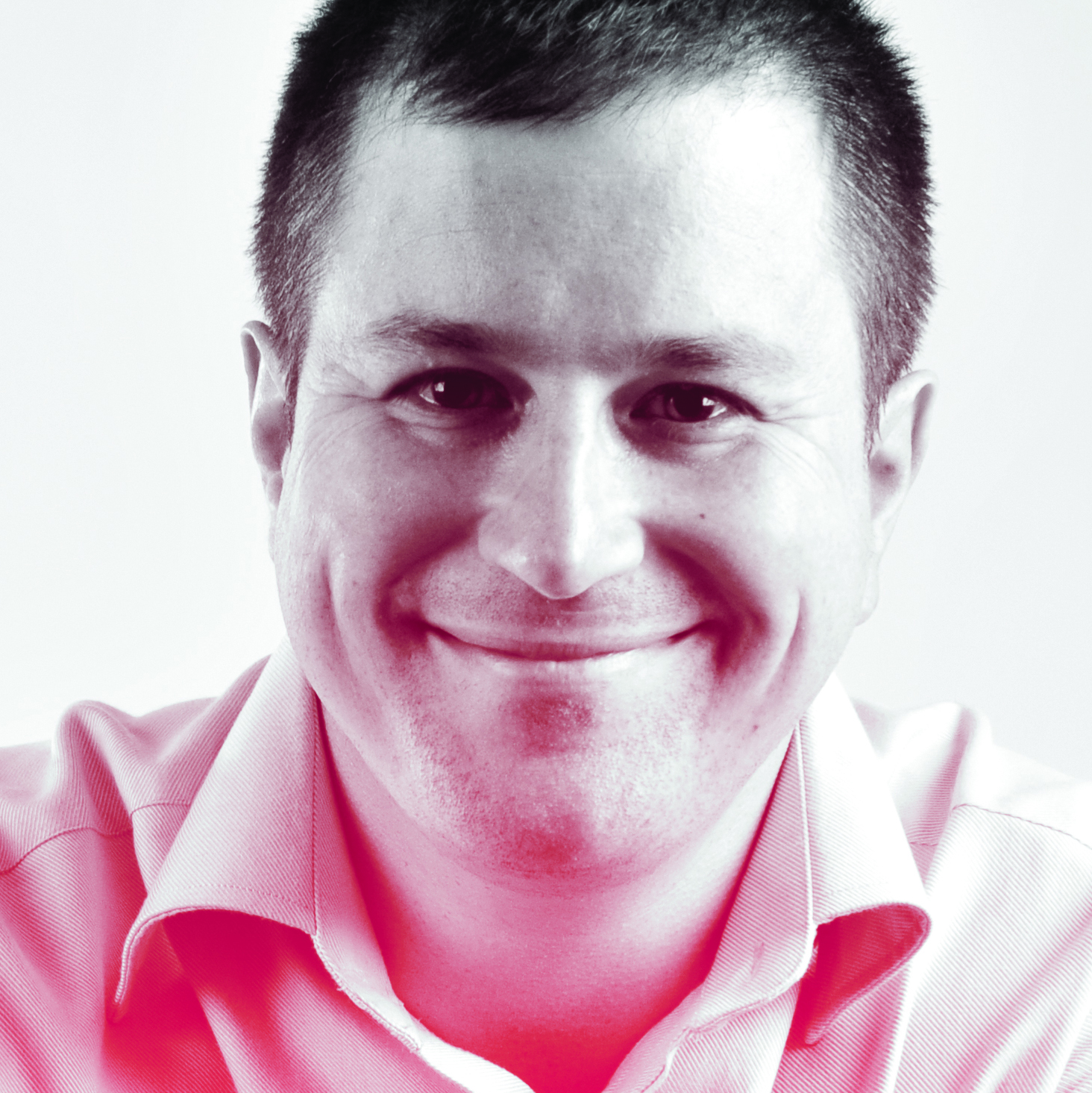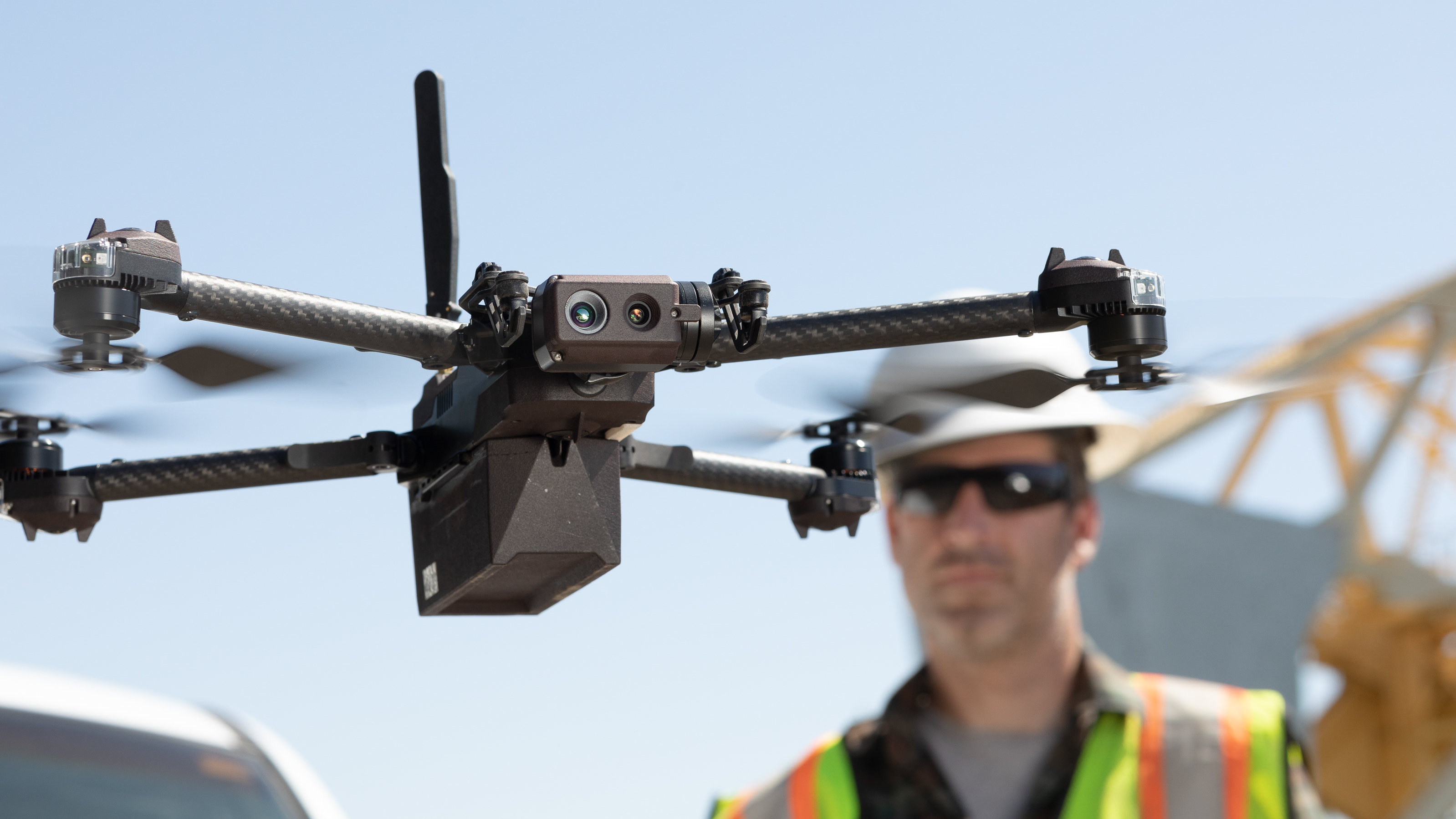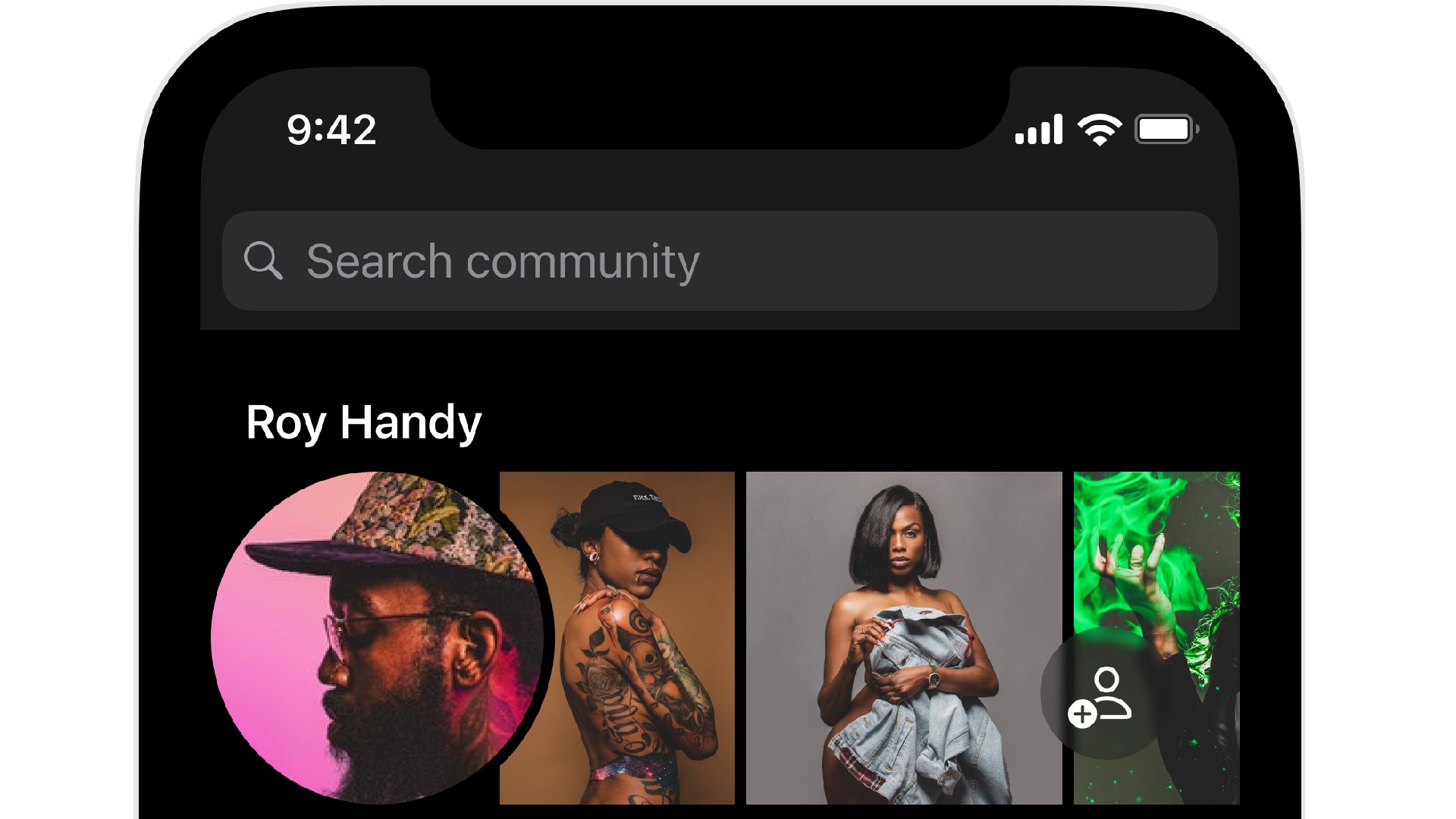
Remember when Instagram seemed like a good place to showcase your work, connect with photographers, and get yourself on the radar of clients? Well, unfortunately those days are now long gone.
Between those Reels we're supposed to be making (really, who has the time?) and the algorithm playing hide-and-seek with our posts, it's just not the same any more. So, where should photographers head now?
In truth, there's no longer one simple answer to that question. In terms of showcasing your work, these days you're probably best off with your own website; the best website builders make that easy for non-techie. Or, if you don't want the hassle and cost of that, Behance and Adobe Portfolio can provide online galleries where clients and fellow photographers can easily find your work.
In terms of networking with fellow photographers, meanwhile, the decline of Instagram is a good opportunity to reengage with the real world. Meetups, workshops, and camera clubs have always been where the magic happens, and you’ll typically learn more in an hour of real conversation then a week of scrolling.
As for making online connections, remember 500px and Flickr? They're still live and kicking, and they're still about the photos, not the dance videos.
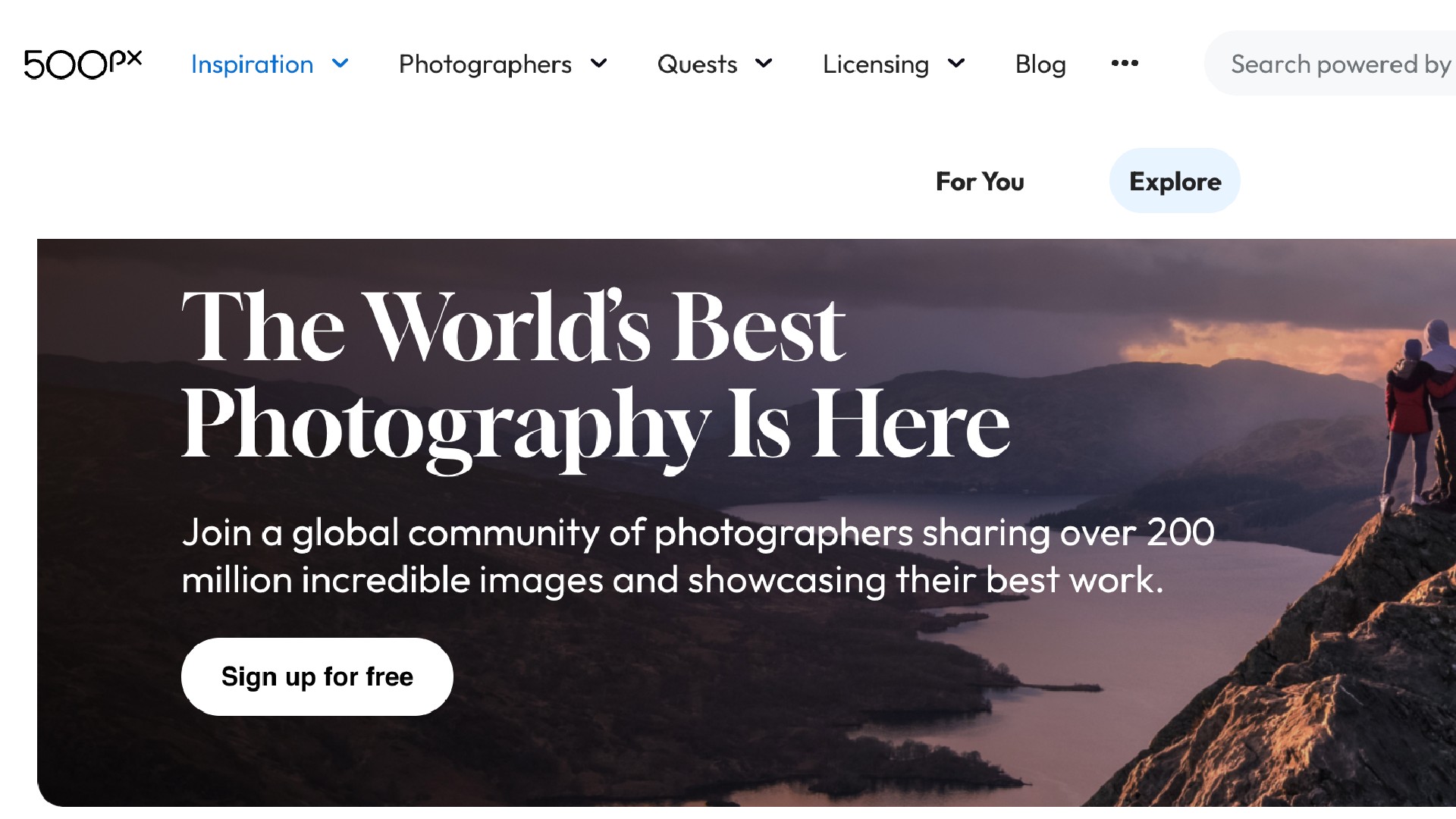
Don't underestimate the continuing relevance of online forums, too. Reddit's actually got some decent photography subs, and there are tons of niche forums for specific genres. That means you can have real discussions about gear, techniques, and get honest feedback on your work.
But if none of these options float your boat, and you're looking for something that's similar to Instagram, but with all the good bits and none of the (increasingly) bad bits, other options are emerging.
Get the Digital Camera World Newsletter
The best camera deals, reviews, product advice, and unmissable photography news, direct to your inbox!
In this article, we reveal 5 social media networks that are like Instagram, but offer much more to photographers specifically.
1. Vero
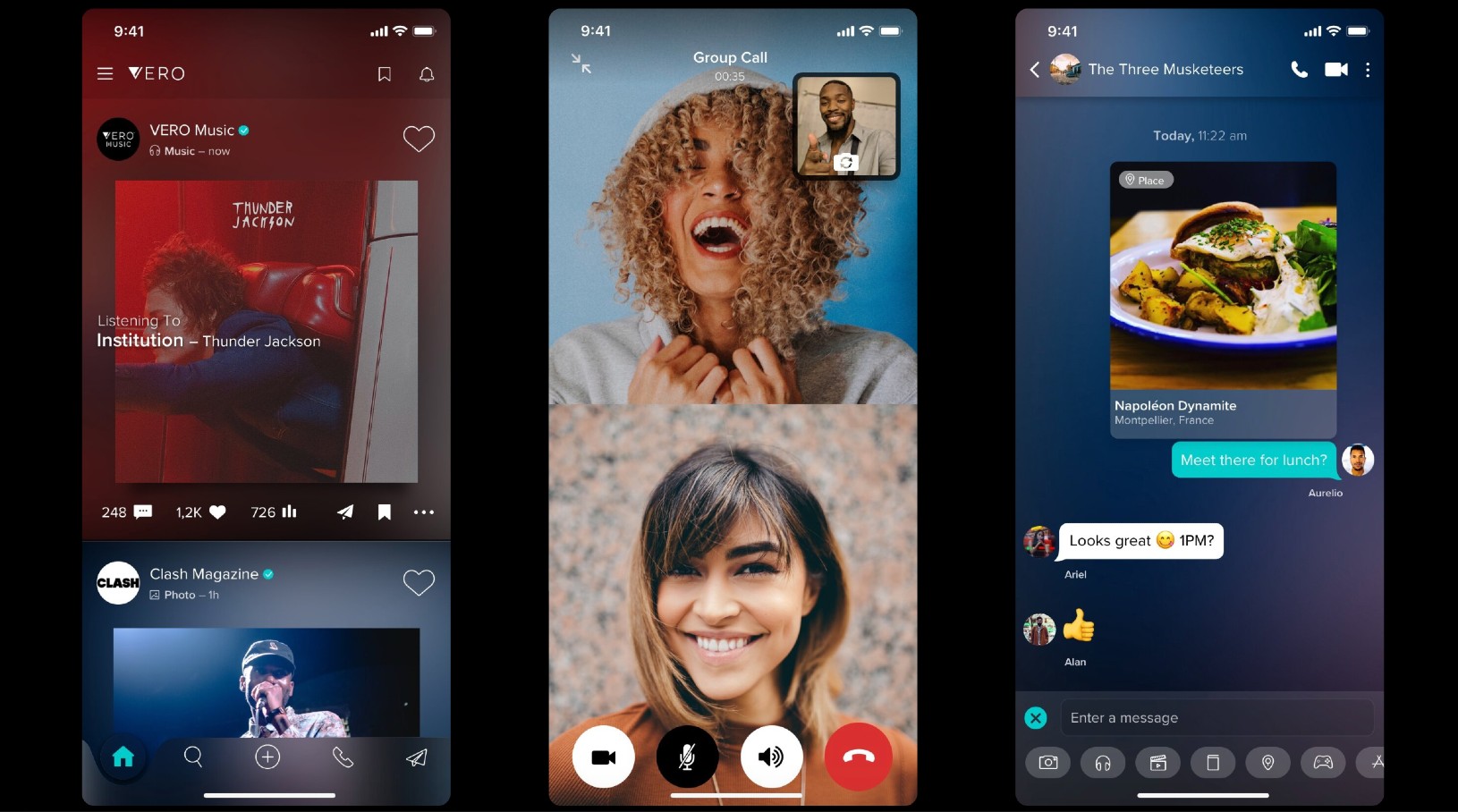
- Available for: iOS, Android, desktop
- Download here
Founded by French-Lebanese billionaire Ayman Hariri, Vero defines itself as the antithesis of algorithm-driven social media. The platform's name, derived from the Italian word for "truth," reflects its commitment to authentic connection, without the manipulation of engagement algorithms.
Another thing that makes Vero different is its approach to people you connect with. Rather than lumping all of them together as "friends" or "followers," you can put them into four distinct groups: close friends, friends, acquaintances and followers. This nuanced approach mirrors real-world relationships better, and allows you to share different content with different circles—which could be very handy for photographers worried about people misusing their images.
Vero also displays photos in full resolution rather than compressing them to save bandwidth. Plus its chronological feed means that content isn't artificially boosted or buried based on engagement metrics or payment.
This level playing field allows quality content to shine based on merit rather than algorithmic favor. That means, in theory at least, you can reach audiences organically—something increasingly impossible on platforms like Instagram or Facebook.
Vero is free for all users as of 2025, though the company says it may introduce modest subscription fees in the future.
2. Pixelfed
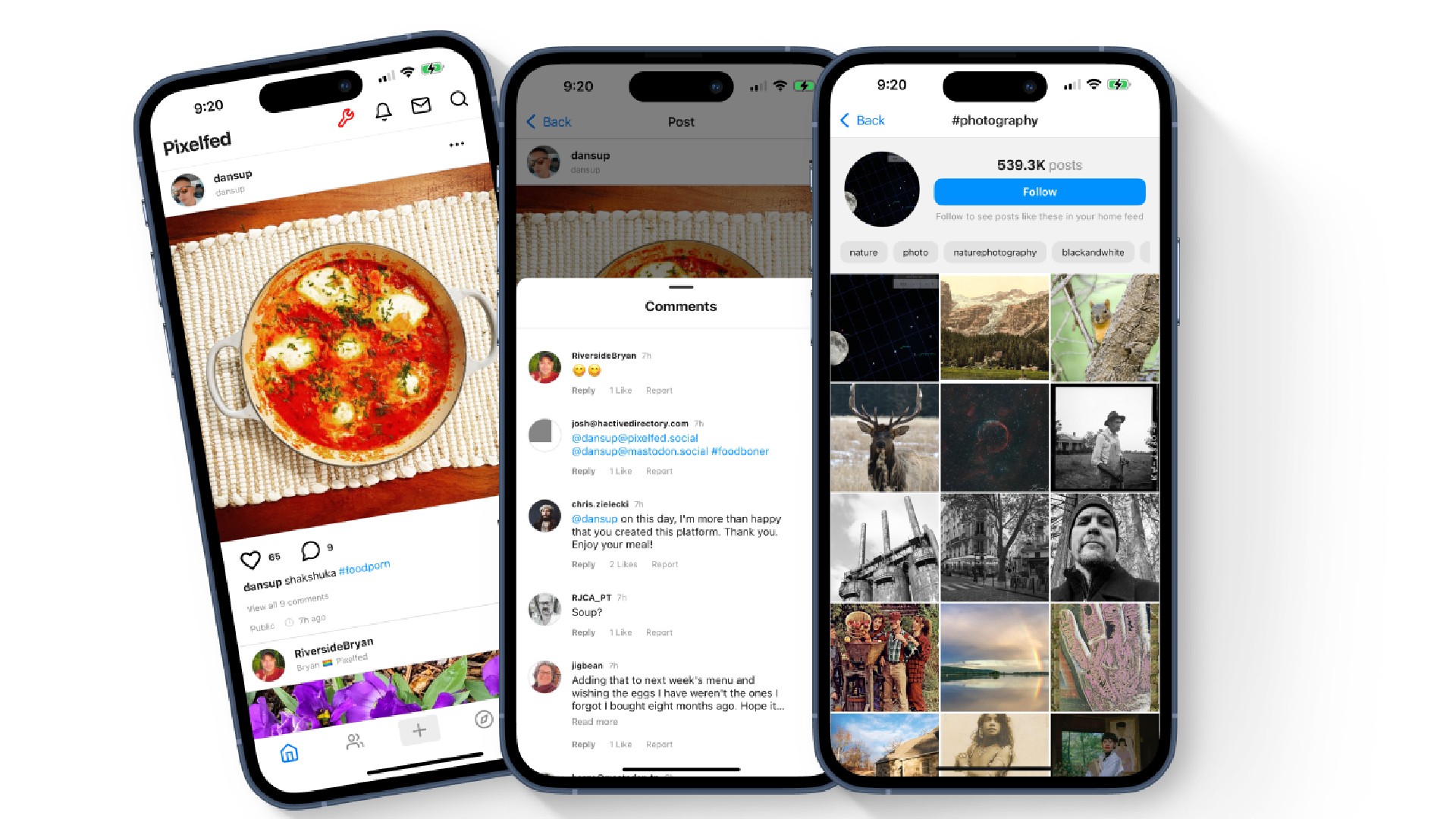
- Available for: iOS, Android, Mac, Windows, web browser
- Download here
Sick of all the visual noise and clutter on Instagram? Pixelfed is focused exclusively on image sharing. And that makes for a distraction-free environment where visual work can be appreciated without competing against algorithmically-favored video.
One thing that makes Pixelfed particularly interesting is its decentralized nature. Rather than being owned by a single corporate entity, Pixelfed operates on the ActivityPub protocol—the same technology that powers Mastodon—allowing different servers (aka "instances") to communicate with each other while maintaining independent governance.
In practical terms, this means photographers can join instances specific to their industries or interests, creating built-in networking opportunities with like-minded people.
Pixelfed's commitment to privacy also stands in stark contrast to mainstream alternatives. The platform collects minimal user data and features no third-party tracking or analytics. For photographers working in fields where confidentiality is valued, this could be a big plus.
The interface will feel immediately familiar to Instagram users… just minus the ads, algorithm-driven feed, and engagement-bait like Stories and Reels. Posts appear chronologically, and the clean interface prioritizes the images themselves rather than surrounding them with distractions.
Pixelfed's user base remains smaller than mainstream alternatives; even the most popular instances host tens of thousands rather than millions of users. But this intimacy can arguably benefit networking efforts, creating spaces where meaningful professional connections aren't immediately lost in the noise of massive populations.
3. Glass
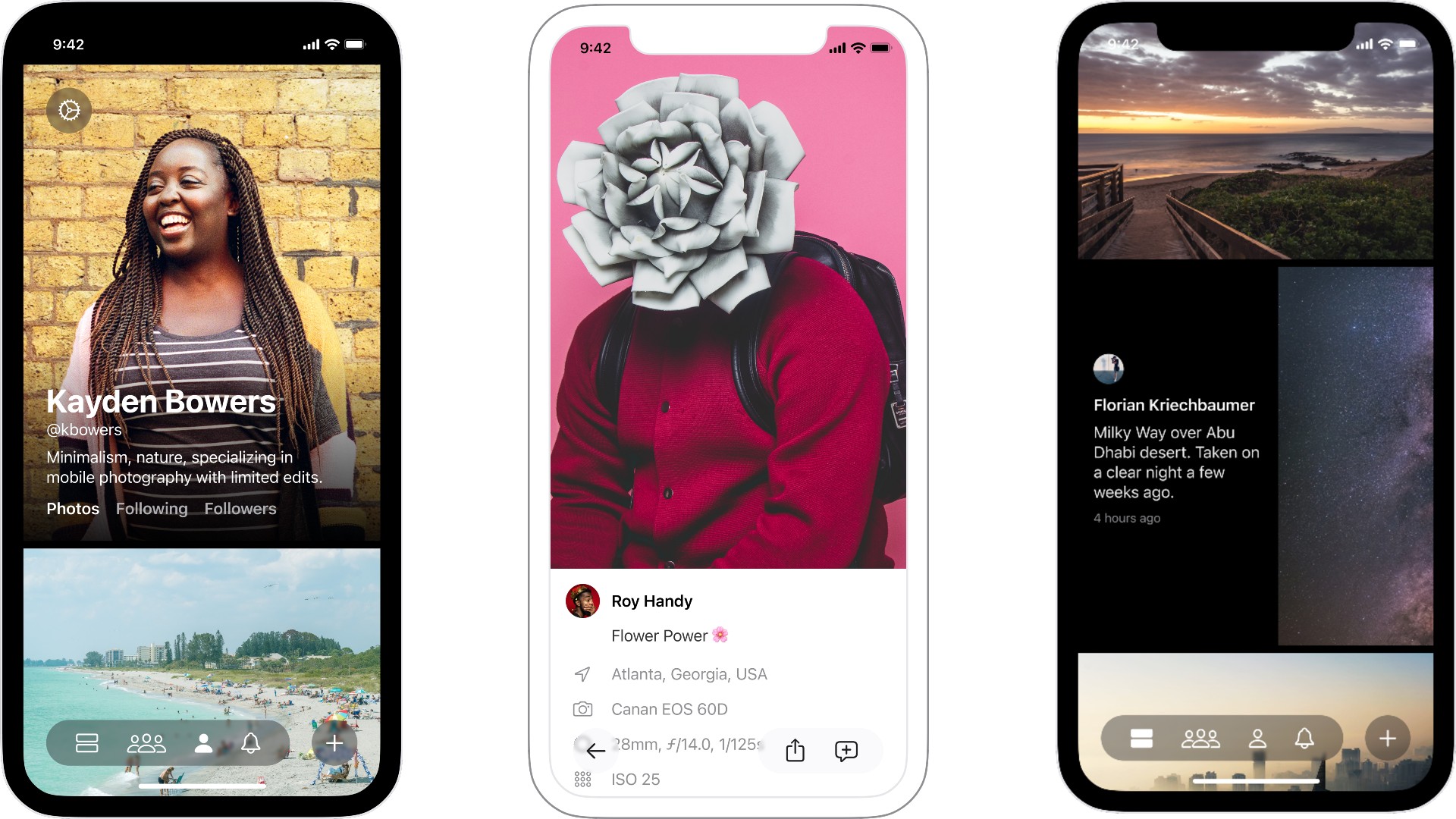
- Available for: iOS, Android, Windows, web browser
- Download here
Ever thought of paying for a social network? Me neither... but maybe Glass is actually worth it.
Launched in 2021 after Instagram's controversial announcement that it was "no longer a photo-sharing app", Glass is a subscription-based platform ($4.99 monthly or $29.99 annually) that's completely free of ads, engagement algorithms and data tracking.
This subscription model fundamentally changes the platform's incentives. While free apps need to maximize engagement to sell advertising, Glass's revenue comes directly from satisfied users. And that means it's highly motivated to optimize for a quality experience, rather than attention extraction.
For anyone tired of fighting against algorithms or feeling pressure to create engagement-baiting content, this alone could make it well worth the cash.
Meanwhile, Glass's minimalist design emphasizes photography without distraction. Images are displayed in high resolution against simple backgrounds, and the interface replaces numerical metrics like follower counts and likes, with a single "appreciation" option.
Furthermore, the "Series" option allows you to create evolving collections of images that can be updated over time. For photographers whose work involves ongoing projects or thematic exploration, this creates an ideal showcase environment. Series can be shared outside the platform as well, so they can function as living portfolios, which clients and colleagues can view without needing Glass accounts themselves.
Most importantly, Glass strictly prohibits brands from joining the platform, so it can maintain its focus on individual photographers rather than corporate entities or influencer marketing. This exclusive focus on photography means that even though Glass's numbers may be small (as you'd expect from a paid platform), it has the potential to offer valuable networking opportunities that are actually relevant to photographers.
4. Grainery
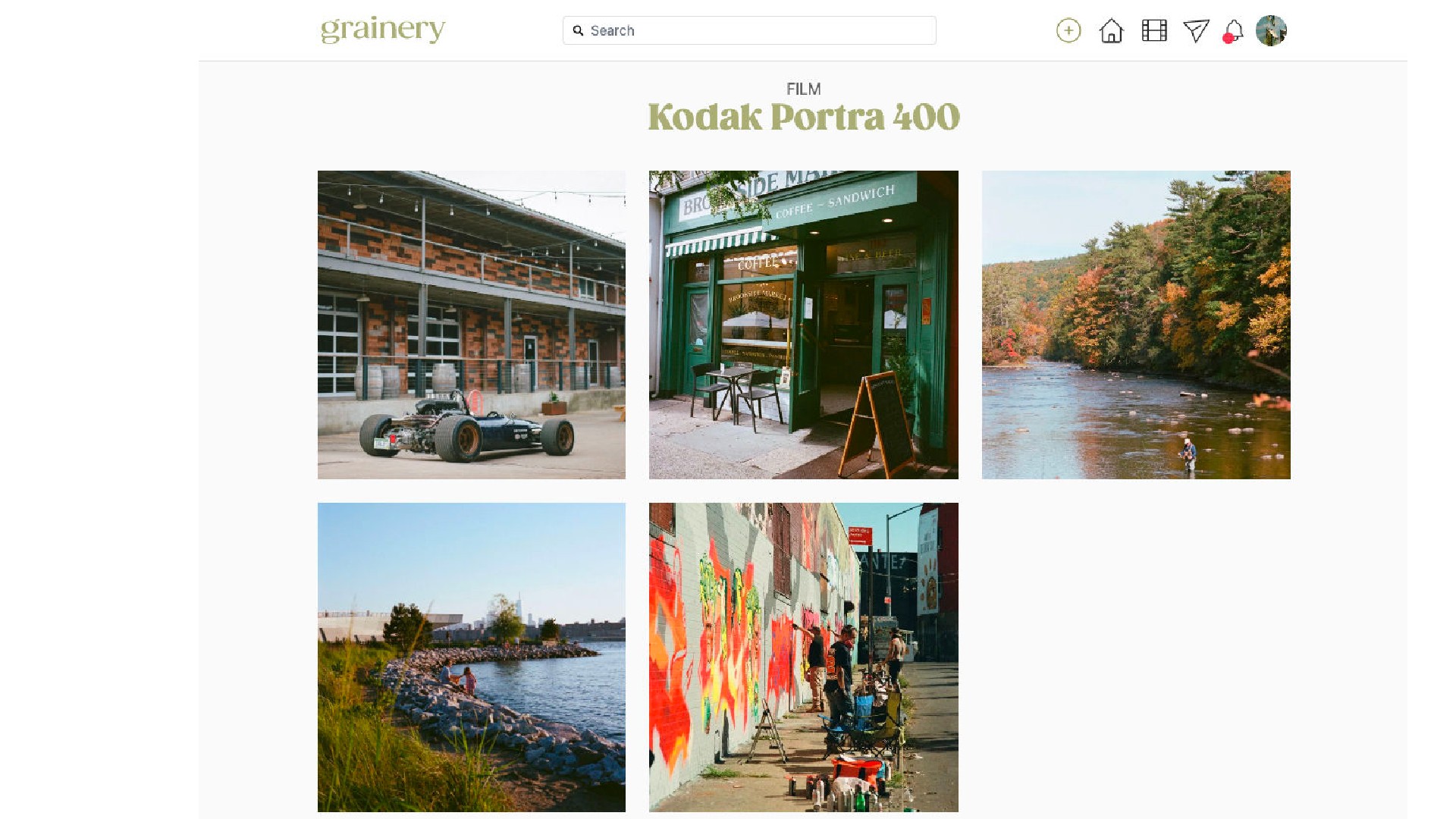
- Available for: iOS, Android, Mac, Windows
- Download here
In a world increasingly dominated by computational photography and AI-generated images, Grainery has carved out a niche catering exclusively to analog film photographers. Launched in 2022 by developer Kyle Johnston, the platform combines an interface that will be familiar to Instagram users with technical features specifically designed for film enthusiasts.
Grainery's most distinctive feature is its detailed technical metadata. When uploading images, users must specify the exact film stock, camera body, and lens used, along with additional details like exposure values and development techniques. This creates a searchable database where you can find images based on specific equipment or techniques. That's valuable context that would be impossible to find on mainstream platforms.
The platform maintains strict community standards, prohibiting digital images with film simulations. And while Grainery has faced development challenges typical of indie platforms—including limited mobile app functionality and occasional technical glitches—its dedicated community has continued growing steadily since launch.
5. Foto
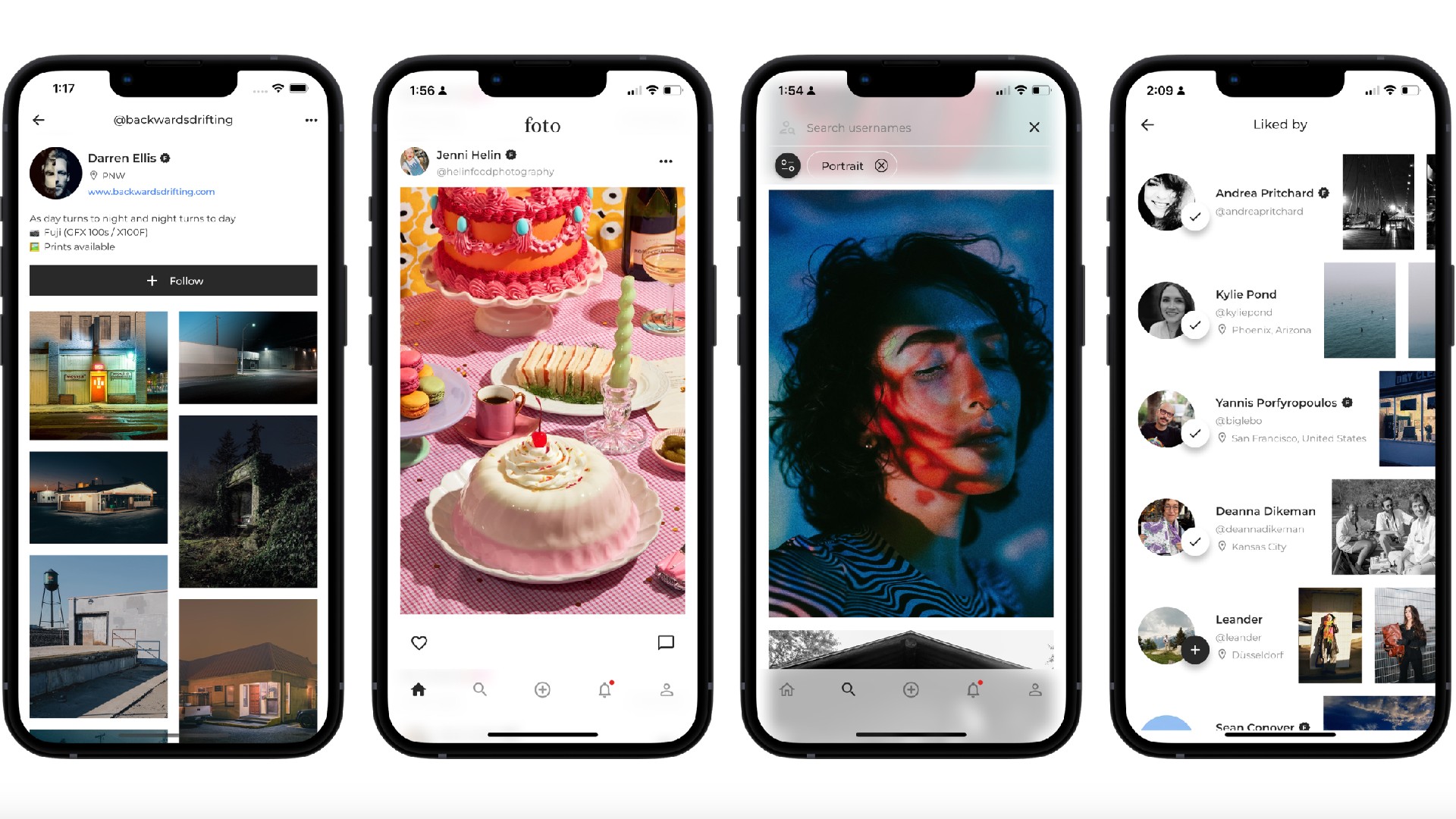
- Available for: iOS, Android
- Download here
After an extensive 18-month beta testing period, Foto officially launched on Android and iOS in February 2025, positioning itself as the digital equivalent of what Instagram was originally intended to be: a clean, chronological platform focused exclusively on photography. In its short time since public launch, it's already attracted significant attention from photographers frustrated by mainstream platforms' pivot toward video.
What sets Foto apart is its balanced approach to monetization and accessibility. The platform operates on a freemium model, offering basic functionality to all, while reserving advanced features for subscribers. This creates a sustainable business model without resorting to advertising or algorithm manipulation, while still allowing new users to test the platform before committing financially.
Images are displayed uncropped and in high res, allowing you to present your work as intended. The chronological feed creates equal visibility for all users regardless of follower count, giving emerging photographers the same opportunity for discovery as established names.
While you can see your own follower counts, these numbers are hidden from public view, as are like counts on images. This shifts focus from popularity contests to the quality of work itself, creating an environment where professional growth isn't measured solely by quantitative engagement.
The platform's tiered subscription model offers increasing levels of functionality. The Ambassador program ($5 monthly or $50 annually) provides early access to new features and a profile badge, while the upcoming Pro+ tier ($10 monthly) will introduce unlimited portfolio creation.
While still in its early stages of growth, Foto has published a detailed development roadmap outlining planned features—including desktop access for summer 2025.
Tom May is a freelance writer and editor specializing in art, photography, design and travel. He has been editor of Professional Photography magazine, associate editor at Creative Bloq, and deputy editor at net magazine. He has also worked for a wide range of mainstream titles including The Sun, Radio Times, NME, T3, Heat, Company and Bella.
You must confirm your public display name before commenting
Please logout and then login again, you will then be prompted to enter your display name.
